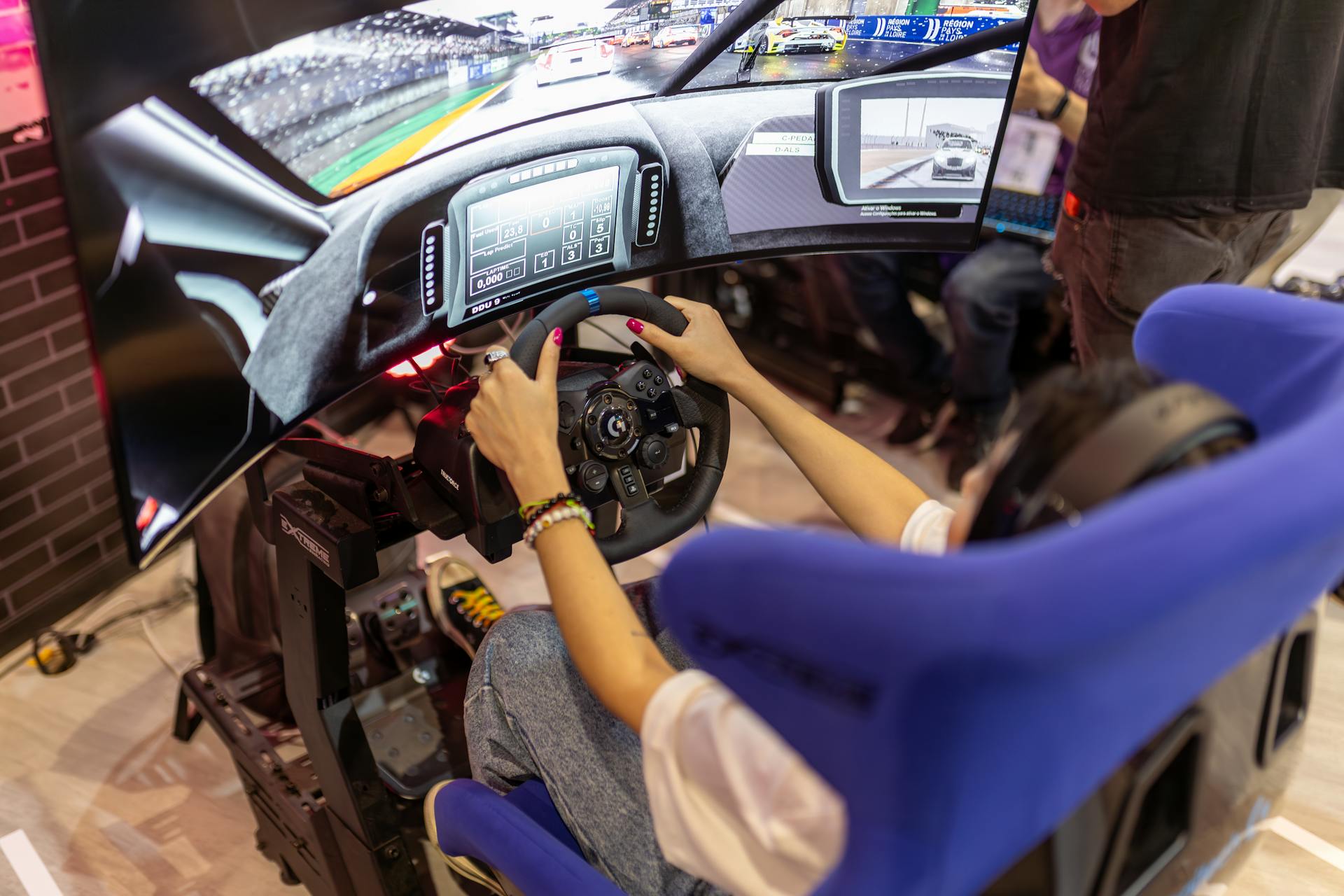Gone are the days when racecraft was only learned on tarmac. The fastest drivers of today practice their craft for thousands of hours on racing simulators before they even touch a real steering wheel.
From Formula 1 teams that spend millions on motion platforms to teenagers that win scholarships through sim racing competitions, virtual training is now the foundation of modern motorsports development. The digital revolution is reshaping the way drivers learn, practice, and build their careers.
Professional Racing Simulation Technology
The racing simulators utilized by racing teams range from $500,000 to $2 million per installation. McLaren’s simulator employs a carbon fibre monocoque similar to their race cars, mounted on hydraulic actuators capable of generating 2.5G. The visual system employs curved 4K displays spanning 180 degrees, and the road surface is relayed through steering and pedals utilizing haptic feedback.
The Red Bull Racing simulator is measured at 1000Hz with 1000 updates/second for physics and inputs. The tire models utilize Pirelli data, including temperature degradation, wear characteristics, and grip levels by compounds.
Some of the primary specifications include:
- 25 Newton-meter torque force feedback systems
- Six degrees of freedom motion platforms
- Millimeter-accurate laser-scanned tracks
F1 drivers commit hours to simulators, test setups, training courses, and rehearsal scenarios. Practice immediately translates into improved on-track performance.
The significant investment pays off by reducing real-world testing costs. Ferrari’s simulator features identical steering wheels and seat positions to their F1 cars, while teams use these systems for aerodynamic correlation studies, comparing virtual airflow data with wind tunnel results.
Read More: How Close Are We to Flying Cars, Really?
Sim Racing Training in Grassroots Motorsports
Consumer sim racing training has exploded with setups ranging from $2,000 to $50,000. Thrustmaster and Fanatec produce direct-drive wheels that replicate the forces real drivers experience, and companies like Next Level Racing produce cockpits that replicate actual race car ergonomics.
iRacing leads the consumer market with laser-scanned tracks and sophisticated physics modeling used by professional drivers worldwide. Max Verstappen races online on a regular basis, and Lando Norris streams his sim racing activity to hundreds of thousands of followers. NASCAR driver William Byron credits the skills he developed in iRacing competition for his Cup Series success.
The most visible example of sim racing’s influence on the real world is the Gran Turismo Academy initiative. Jann Mardenborough graduated from GT Academy in 2011 and went from his home setup to racing Le Mans and in Formula competition. More than 50 sim drivers have advanced into professional motorsport careers through such schemes, demonstrating that virtual training develops real-world racers.
Read More: Can You Really Hack Your Brain With a Smart Helmet?
The Future of Virtual Driver Development
Racing simulators are also equipped with VR capability and AI-coaching features. Porsche’s new simulator includes machine learning algorithms that monitor driving habits and provide drivers with personalized feedback. Eye-tracking software monitors what drivers are looking at when they are cornering, making it possible to optimize racing lines and braking points.
As technology improves and prices fall, virtual training will keep turning out the future generations of racing legends. Whether your goal is Formula 1 or just better track day performance, racing simulators provide an entry point to automotive greatness not even imaginable a few decades ago.
Read More: Garage Goals: Inside the Most Over-the-Top Car Garages in the World


